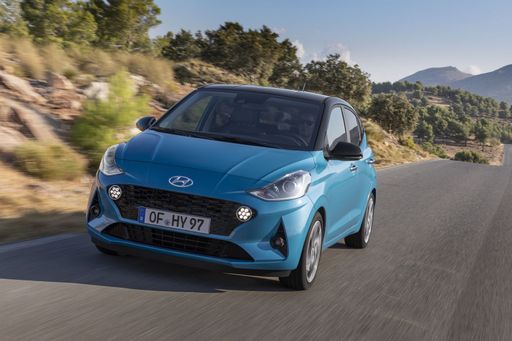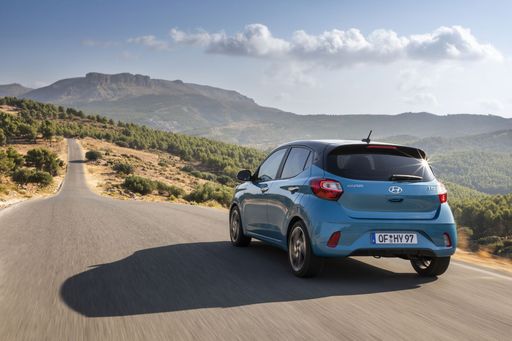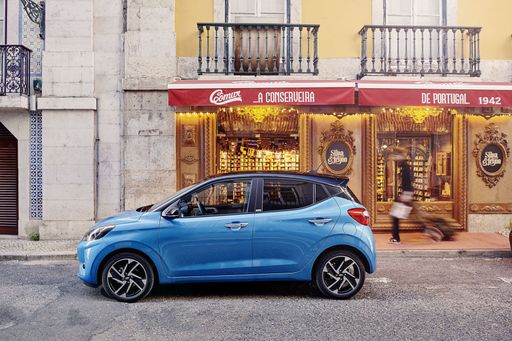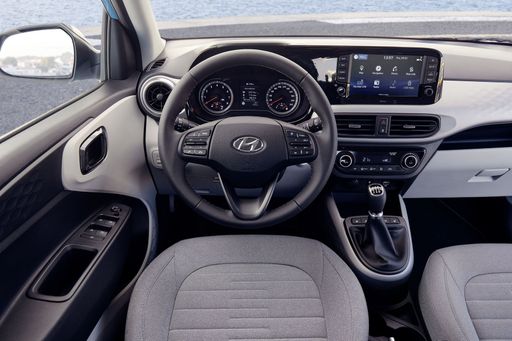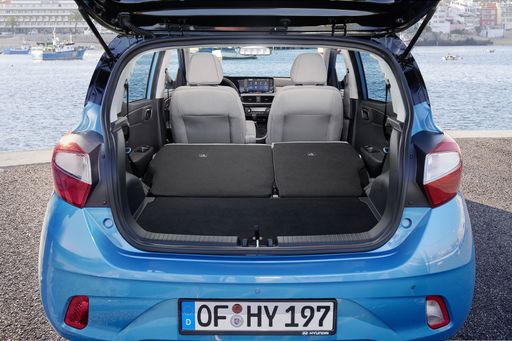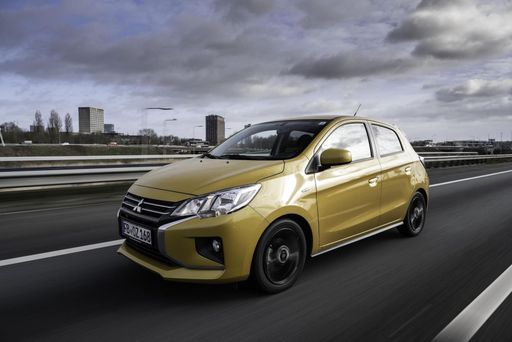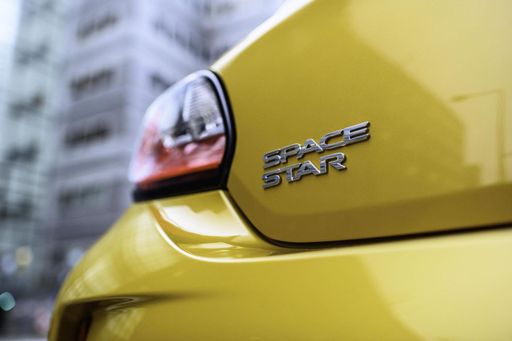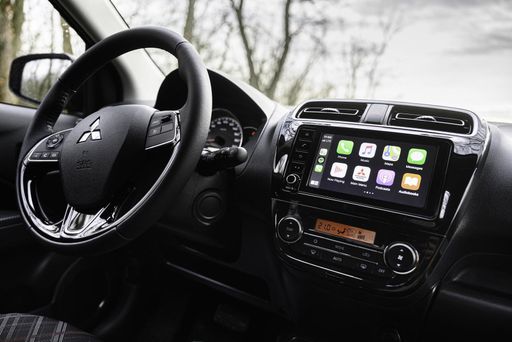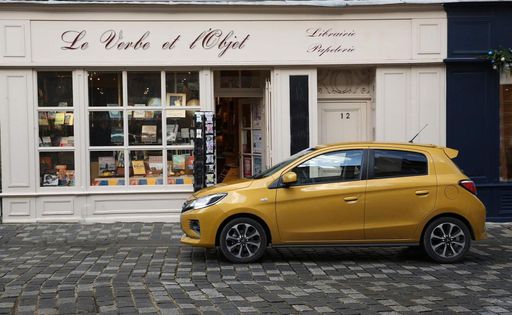Engine and Performance:
Power, torque and acceleration say a lot about how a car feels on the road. This is where you see which model delivers more driving dynamics.
When it comes to engine power, the Hyundai i10 has a evident edge – offering 90 HP compared to 71 HP. That’s roughly 19 HP more horsepower.
In acceleration from 0 to 100 km/h, the Hyundai i10 is clearly perceptible quicker – completing the sprint in 11.40 s, while the Mitsubishi Space Star takes 14.10 s. That’s about 2.70 s faster.
In terms of top speed, the Hyundai i10 performs hardly perceptible better – reaching 175 km/h, while the Mitsubishi Space Star tops out at 167 km/h. The difference is around 8 km/h.
There’s also a difference in torque: Hyundai i10 pulls significantly stronger with 172 Nm compared to 102 Nm. That’s about 70 Nm difference.

